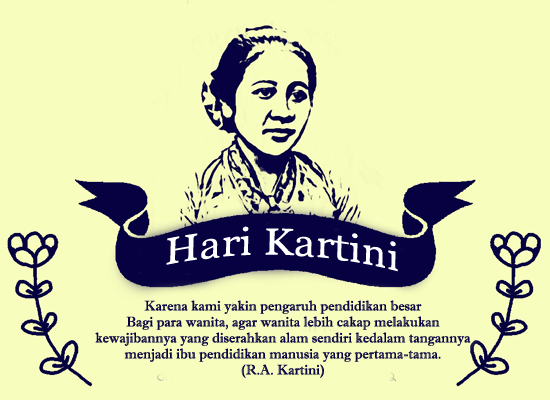Betawi people are the descendants of the people living around Batavia (the colonial name for Jakarta) from around the 17th century. The Betawis are ethnic group that came from various parts of Indonesia, such as Malays, Sundanese, Javanese, Balinese, Minangkabau, Bugis, Makassaree, and Ambonese; also include foreign ethnic groups such as Mardijker, Portuguese, Dutch, Arabs, Chinese, and Indian, who was originally brought to or attracted to Batavia to meet labor needs. The history of Betawi itself is so complicated and dynamic, and it also affected the culinary heritage of Betawi.
As the time went by with the advent of modern foods, many Betawi dishes became extinct. Thankfully many Betawi people continue to introduce, produce, and sell these dishes so everyone who comes to Jakarta can taste these delicious dishes. Here are 10 popular Betawi dishes you never want to miss:
- Soto Betawi
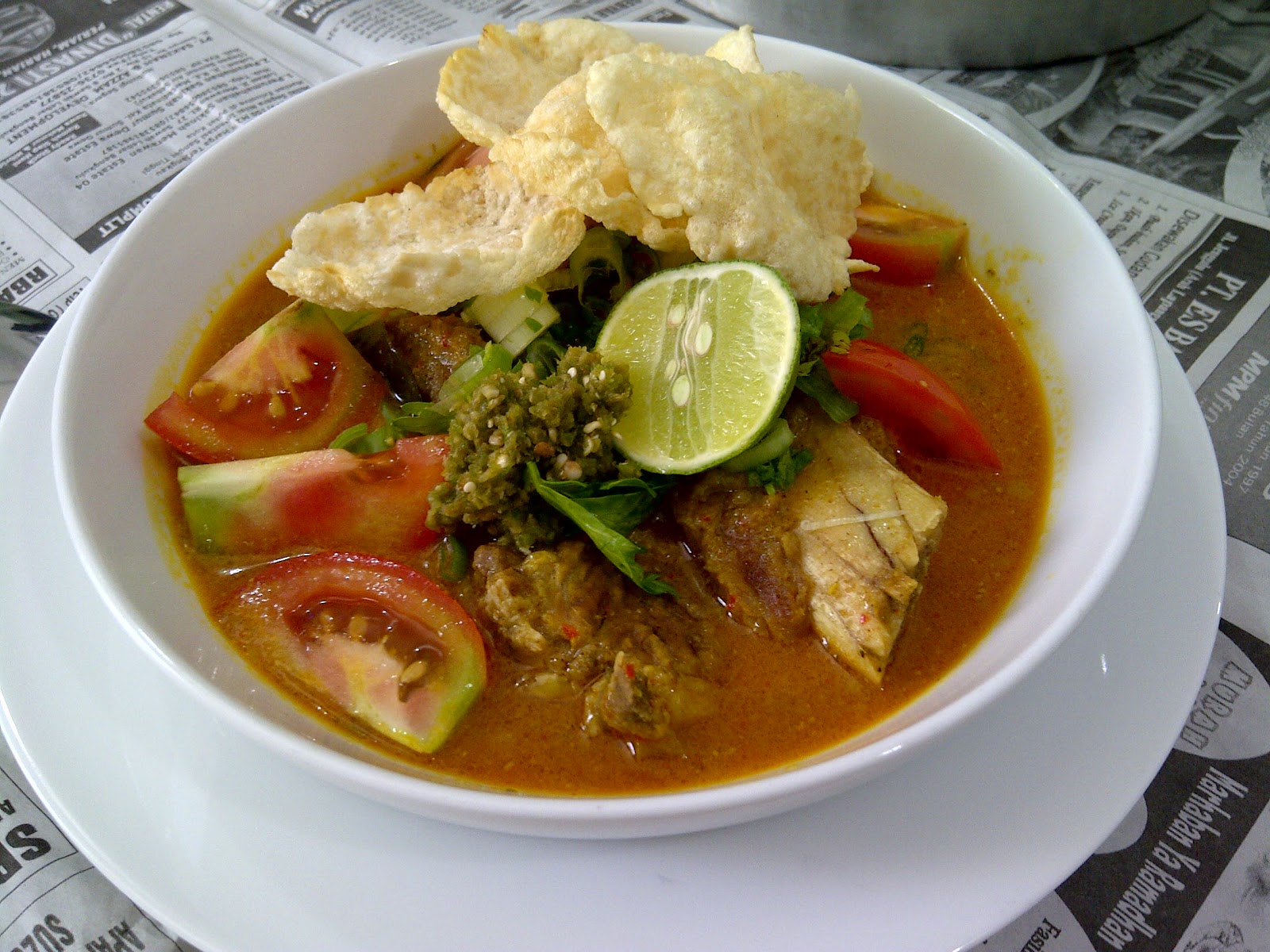
Soto Betawi is the “Queen” of Betawi dishes. You can find Soto Betawi almost everywhere in Jakarta—from street peddler to high-class restaurants. Soto Betawi is quite different from any other kinds of Soto, because the soup is made from coconut milk. Cow innards usually are the main ingredients of Soto Betawi, but some people also use chicken as ingredient. - Nasi Uduk
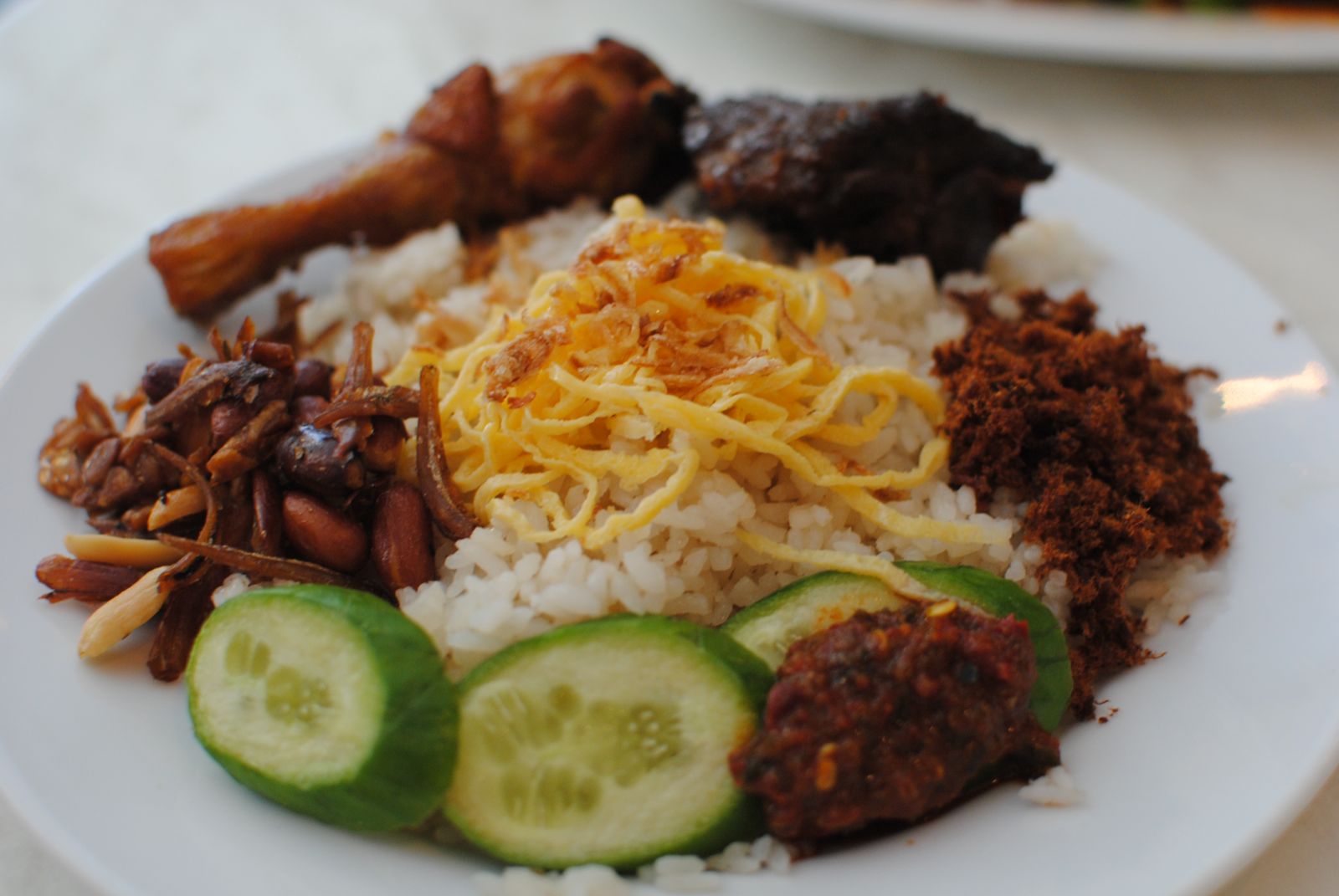
Almost everyone who lives in Jakarta knows Nasi Uduk, a very popular breakfast menu in Jakarta. Nasi Uduk is made from rice that is cooked in certain spices such as coconut milk, bay leaves, and lime leaves. Usually Nasi Uduk is enjoyed along with sliced omelet, semur jengkol (jengkol stew), fried chicken, empal (fried meat), orek tempe (tempe sautéed in chili and palm sugar spice), and peanut sauce. You can find Nasi Uduk in almost all neighborhood areas in Jakarta every morning (some also sell Nasi Uduk in the evening). - Kerak Telor
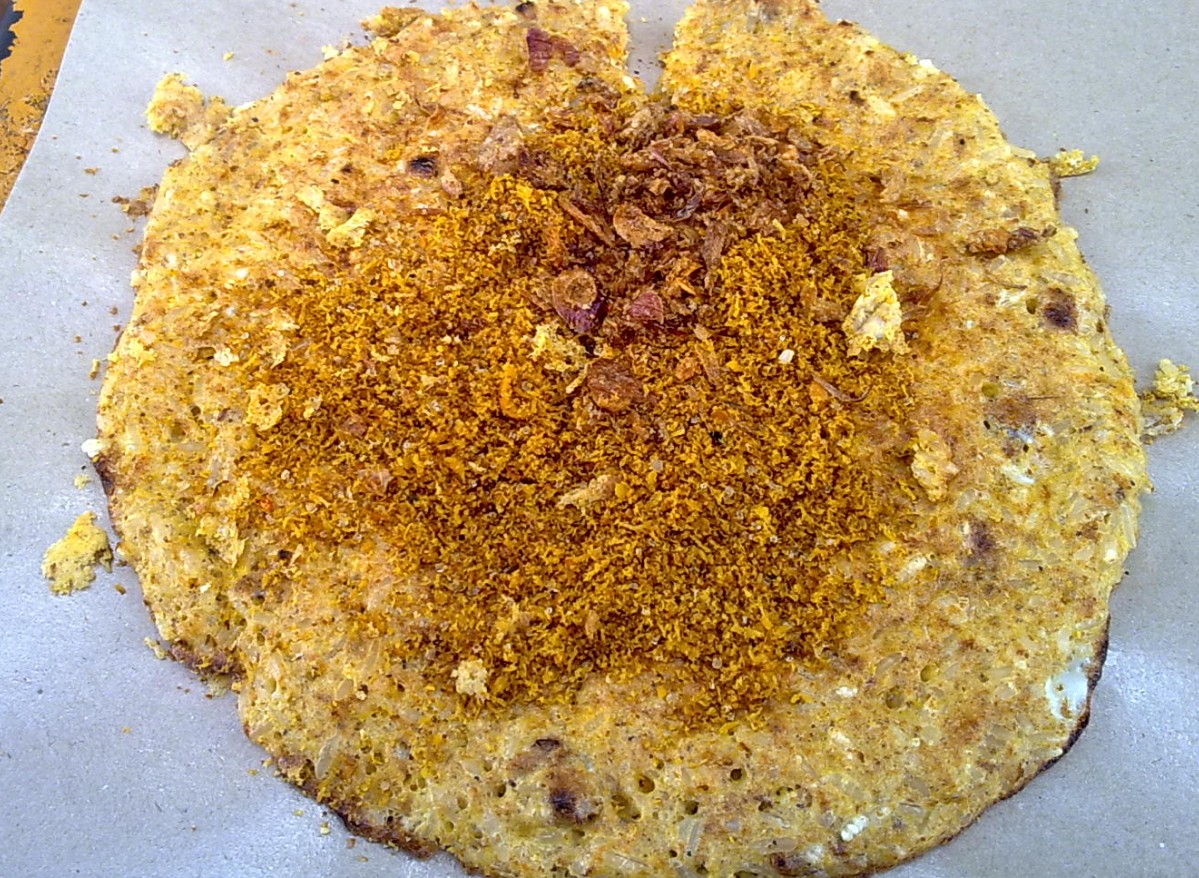
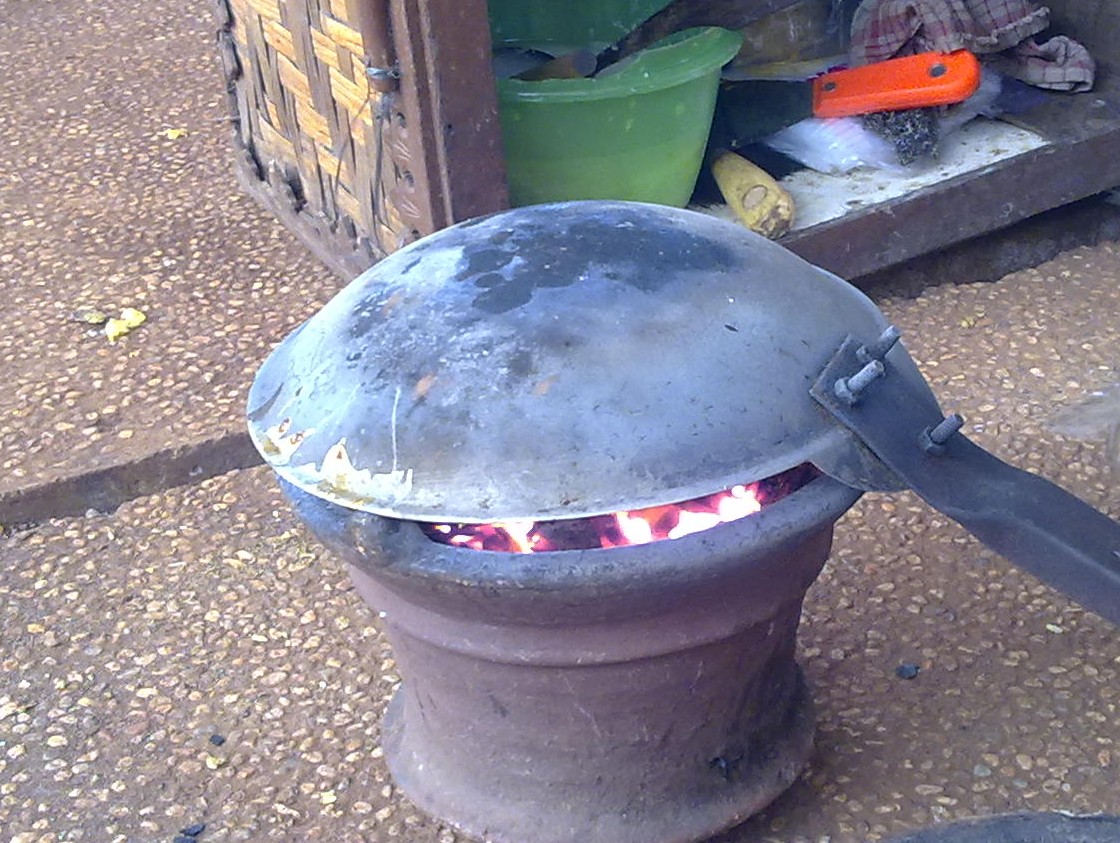
Kerak Telor is also a popular Betawi snack, especially during Pekan Raya Jakarta (Jakarta Fair). It is not everyday snack that you can find easily on the roadside, but you can find this snack at Ragunan Zoo or Setu Babakan. The main ingredients of Kerak Telor are sticky rice and duck eggs. It tastes savory, a little bit crispy on the outside and crust but chewy inside. What makes Kerak Telor unique is how it’s made. The sticky rice and egg are mixed in a pan, and then the pan is flipped, so the Kerak Telor has direct contact to the heat. - Ketoprak
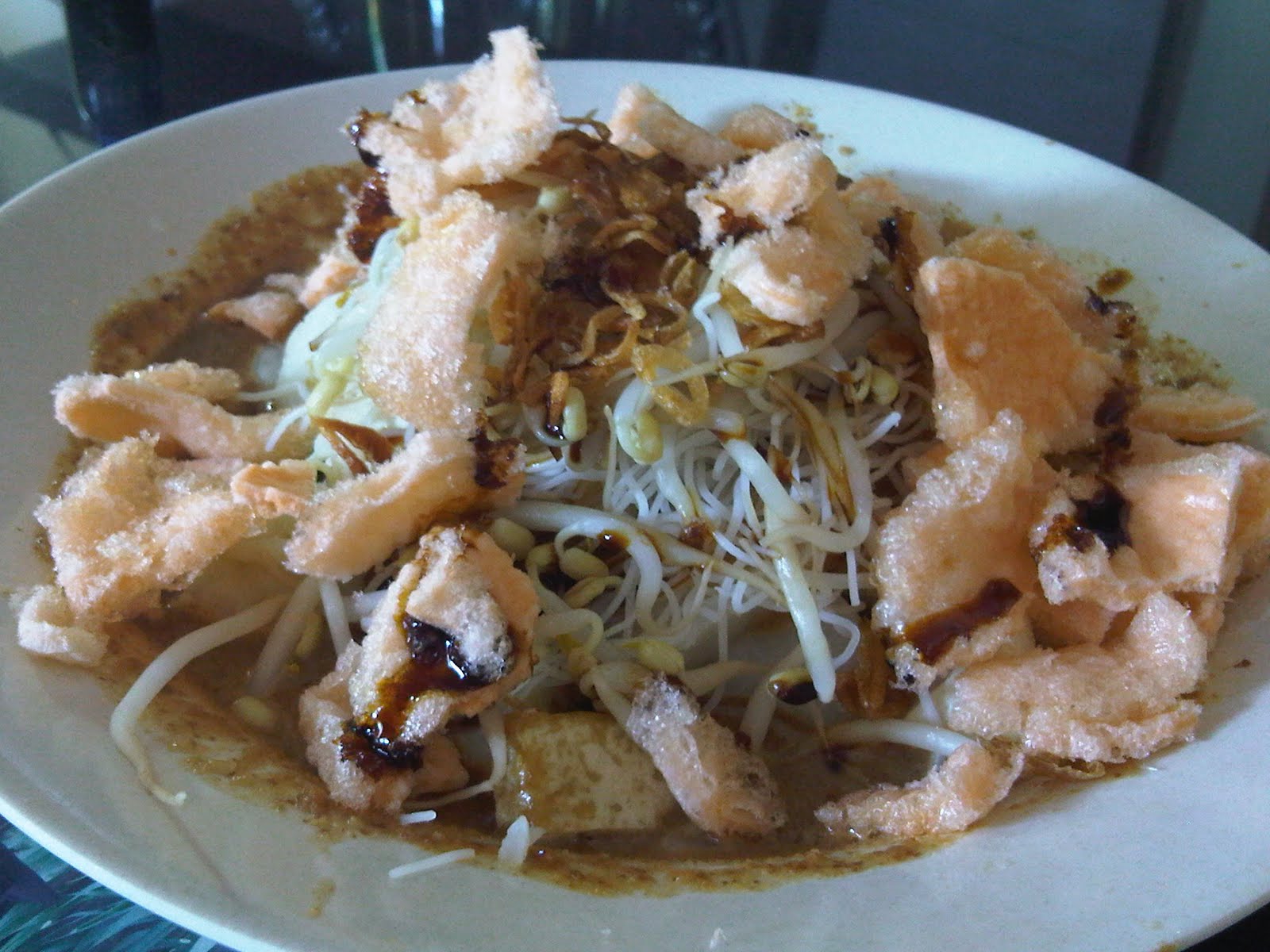
Ketoprak is also one of the most favorite street snacks in Indonesia. Originated from Betawi, Ketoprak consists as chunks of ketupat or lontong, boiled bean sprout, fried tofu, vermicelli, and topped with peanut sauce. At a glance it looks like Gado-gado, but Ketoprak does not use boiled vegetables like Gado-gado does. - Nasi Kebuli
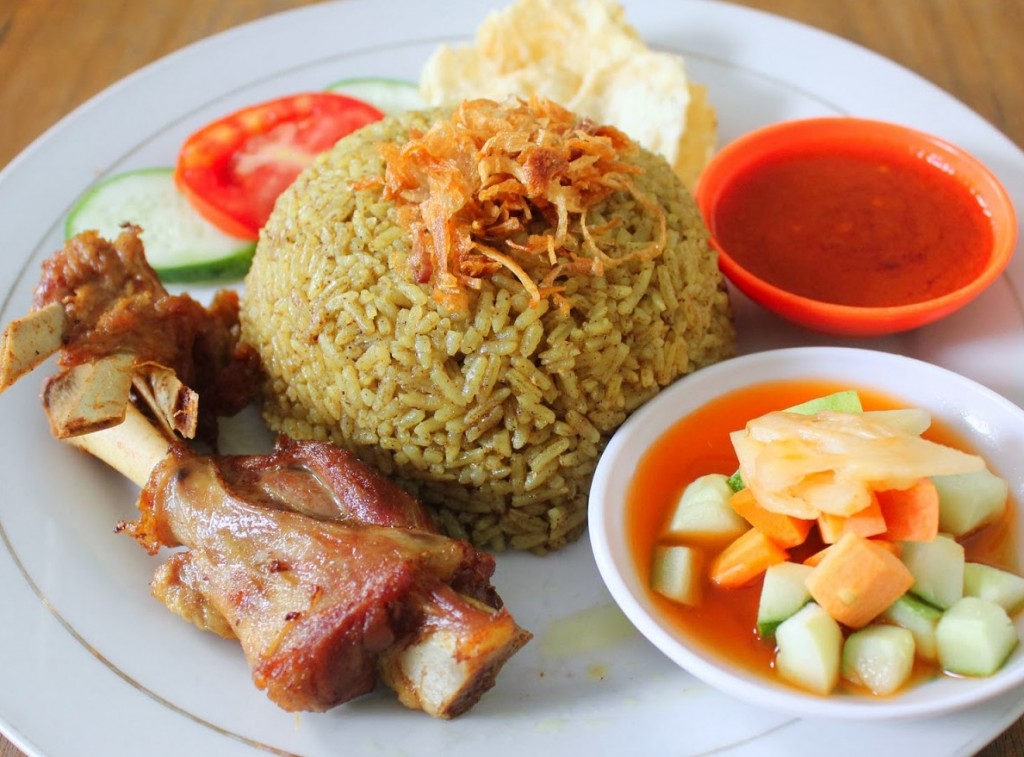
Nasi Kebuli was strongly influenced by Arab culture and also Indian cuisine influence (Biryani rice). Nasi Kebuli is spicy steamed rice dish cooked in goat broth, milk, and ghee. The goat meat is later cooked and mixed with sautéed spice mixcture in ghee oil. In Betawi culture, Nasi Kebuli usually served during Islamic religious festivities such as Lebaran. But now you can also find Nasi Kebuli in several food stalls in Jakarta. - Nasi Ulam
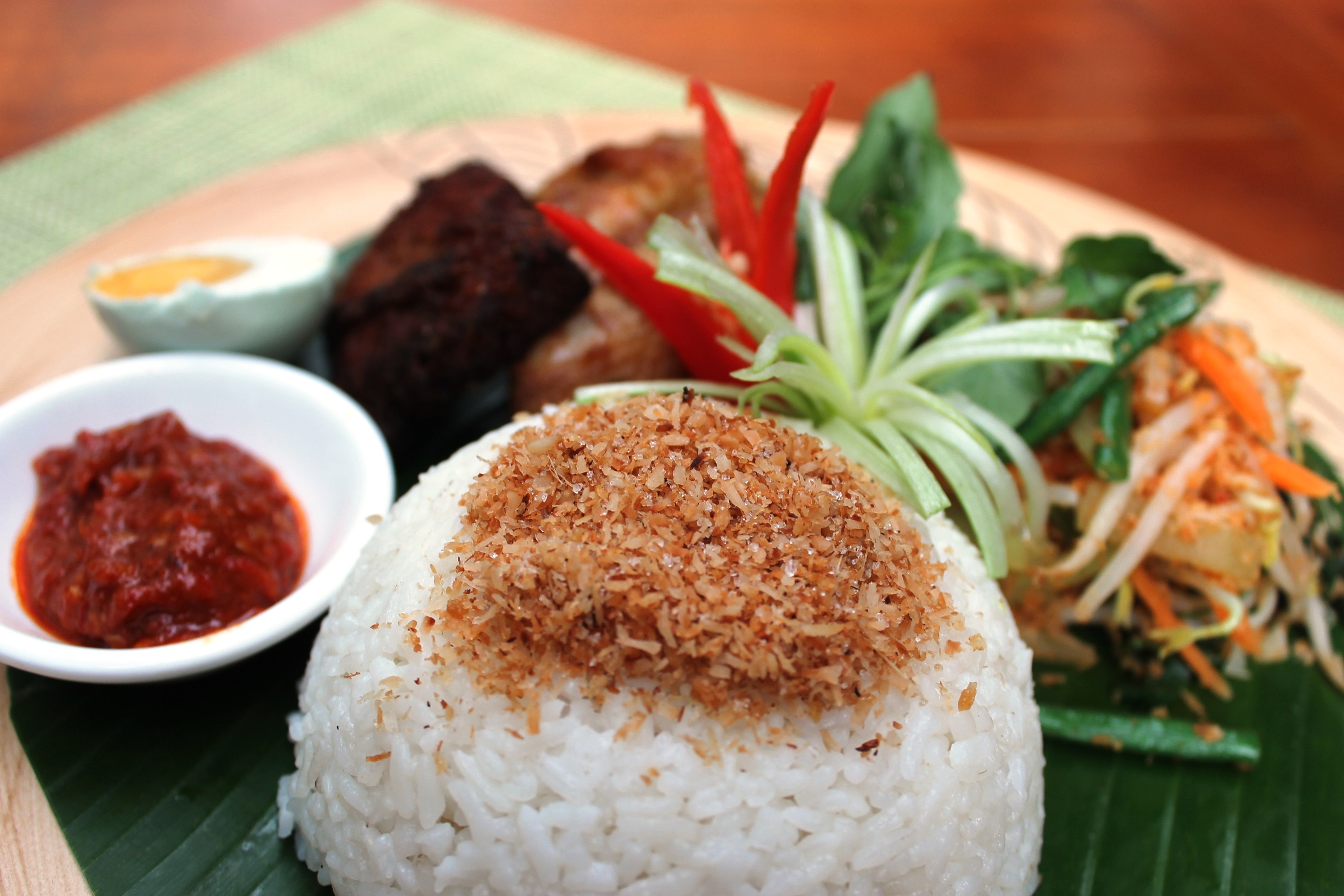
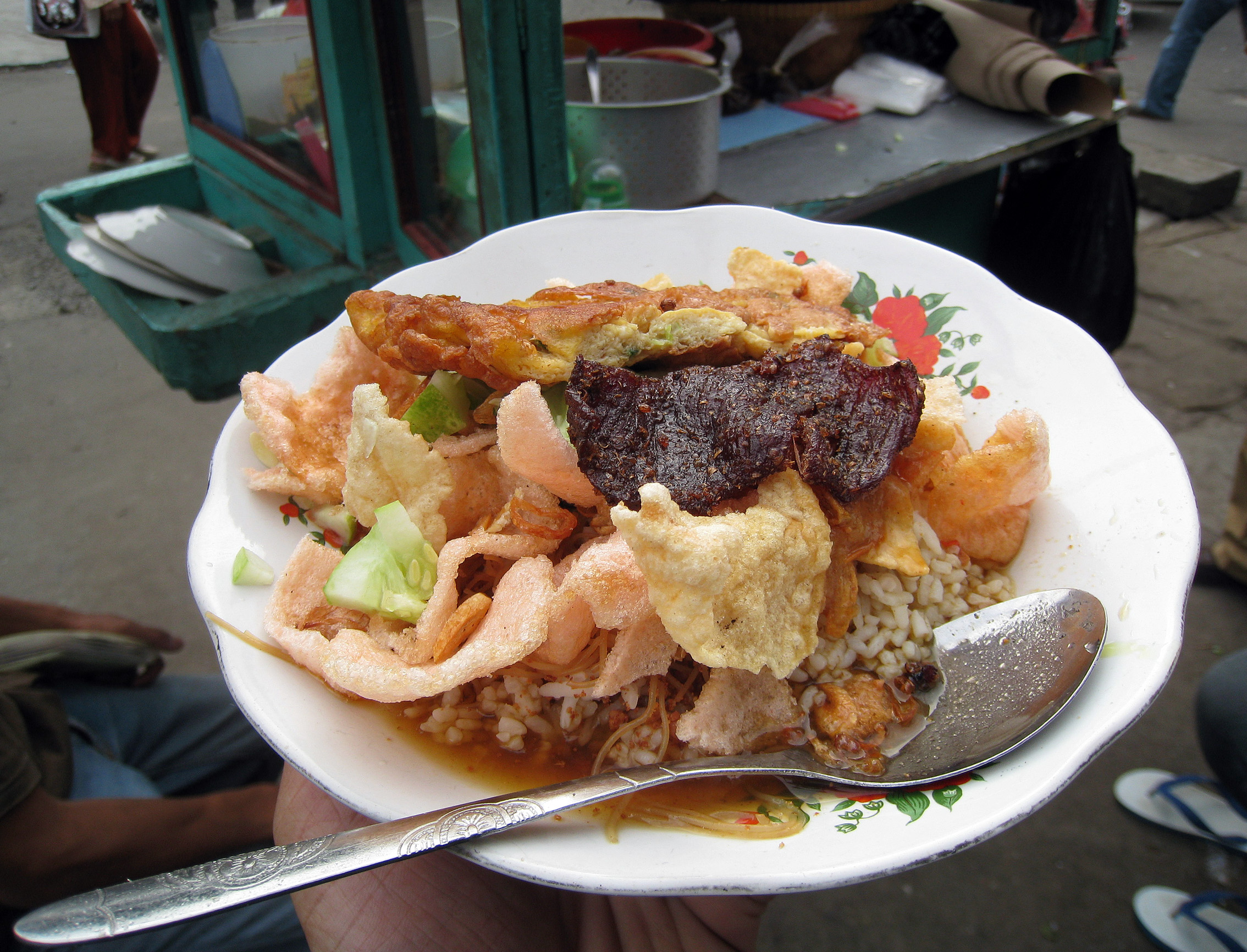 Nasi Ulam is one of the Betawi dishes that were influenced by Chinese culinary culture. Nasi Ulam has similar spice as Nasi Uduk, but it is served with kemangi (basil) leafs, fried onions, and bean sprouts. There are two types of Nasi Ulam in Betawi culture. First is the wet (soupy) Nasi Ulam of northern and central Jakarta, and dry one of southern Jakarta.
Nasi Ulam is one of the Betawi dishes that were influenced by Chinese culinary culture. Nasi Ulam has similar spice as Nasi Uduk, but it is served with kemangi (basil) leafs, fried onions, and bean sprouts. There are two types of Nasi Ulam in Betawi culture. First is the wet (soupy) Nasi Ulam of northern and central Jakarta, and dry one of southern Jakarta. - Ketupat Sayur
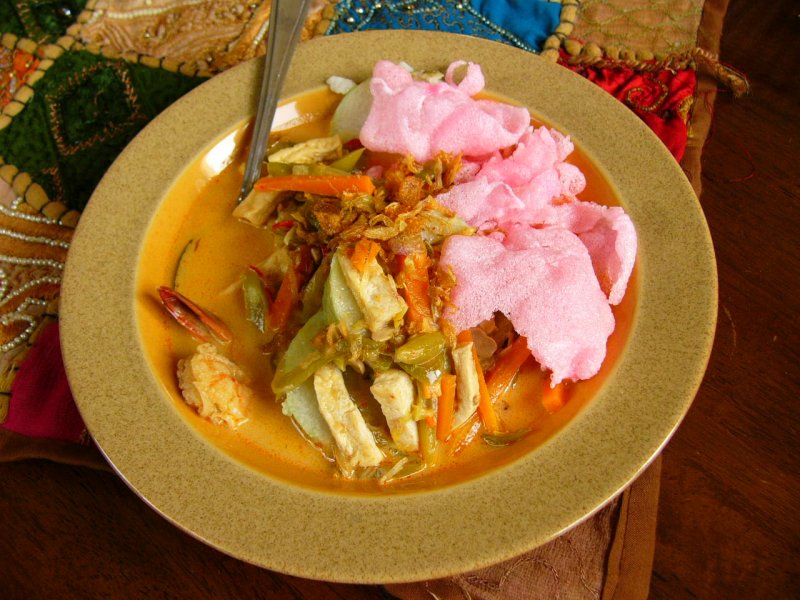
Ketupat Sayur is also specialty food from Betawi. Along with Nasi Uduk, Ketupat Sayur is one of the favorite breakfast menus for Jakartans. As it name implies, Ketupat Sayur is made from ketupat or lontong (rice cake) with savory Sayur Pepaya (raw papaya in coconut milk) or Sayur Tewel (raw jackfruit in coconut milk). It tastes more delicious with fried onions, fried soybeans, and krupuk or emping. - Semur Jengkol
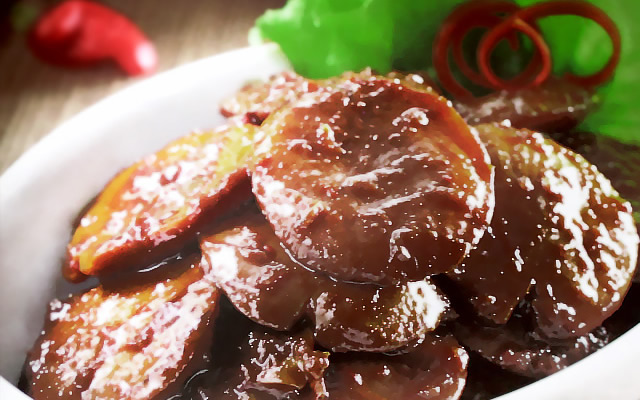
Semur Jengkol is one of the all-time favorite Betawi foods for some people, although many people hate it because of the unique smell of jengkol. Usually raw jengkol will be simmered in limewater to get rid of its smell. Jengkol is then sautéed in special soy sauce spice. Usually, stalls that sell Nasi Uduk also sell Semur Jengkol. - Pindang Bandeng
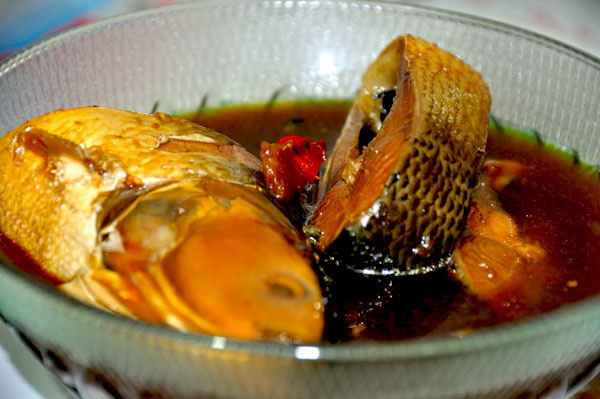
Pindang Bandeng may not as popular as Soto Betawi, but if you love seafood, you must try this dish. Bandeng or milkfish is cooked in dark colored, sweet and sour soup. Pindang Bandeng is also considered as specialty food during Chinese New Year celebration, because Bandeng symbolizes prosperity. - Laksa Betawi
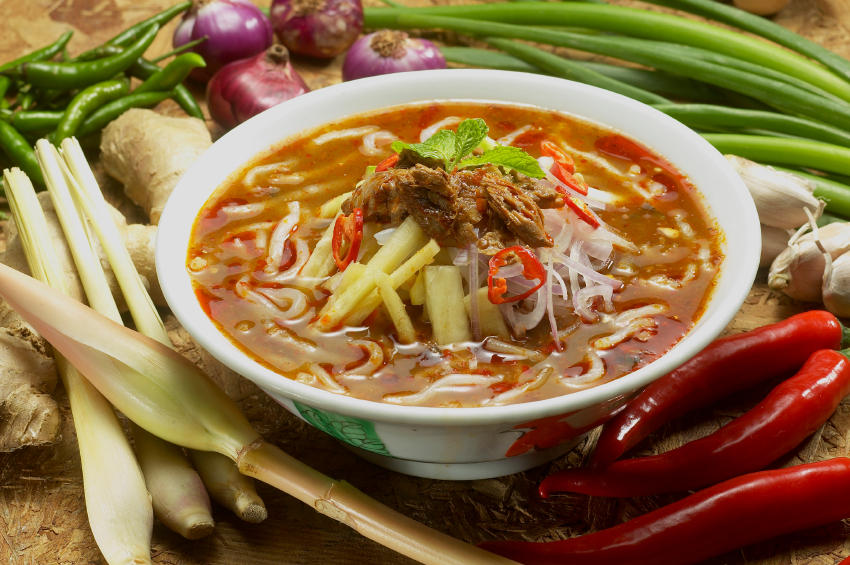
Laksa Betawi is a kind of noodle dish. Usually Laksa consists as wheat noodles or vermicelli, served in thick coconut milk and shrimp soup. Ketupat is also usually added to the Laksa, along with egg, basil leafs, bean sprouts, leeks, and fried onion. Nowadays it is quite difficult to find Laksa, but some Betawinese restaurants still serve this menu.


